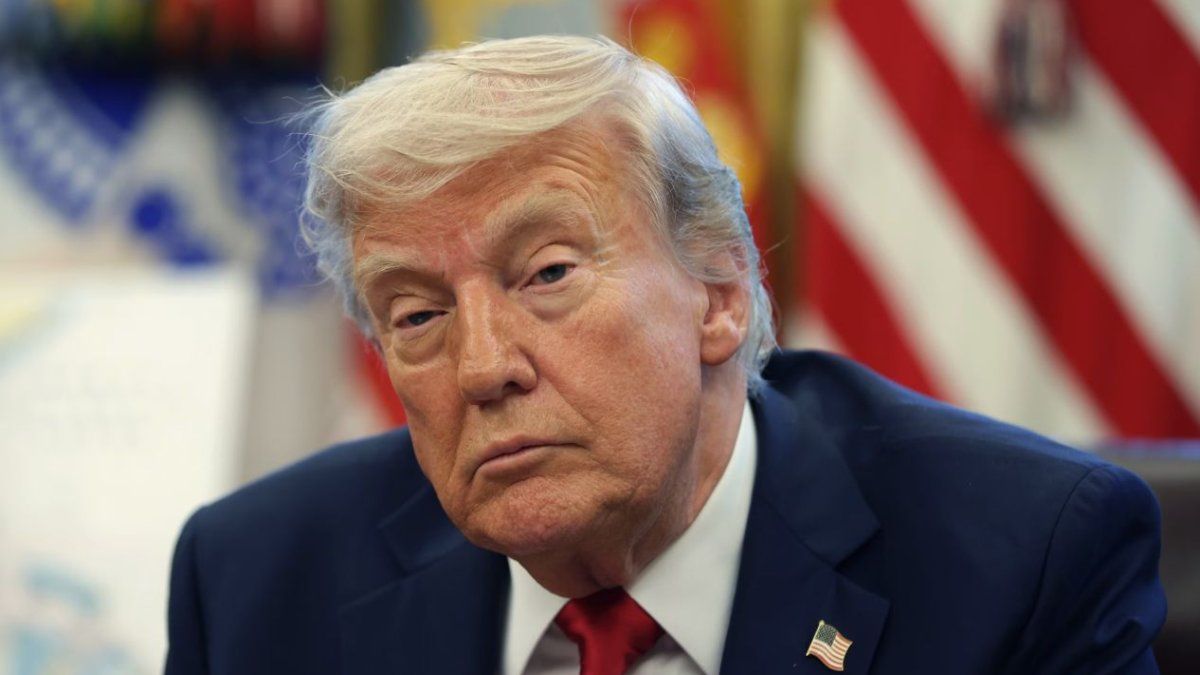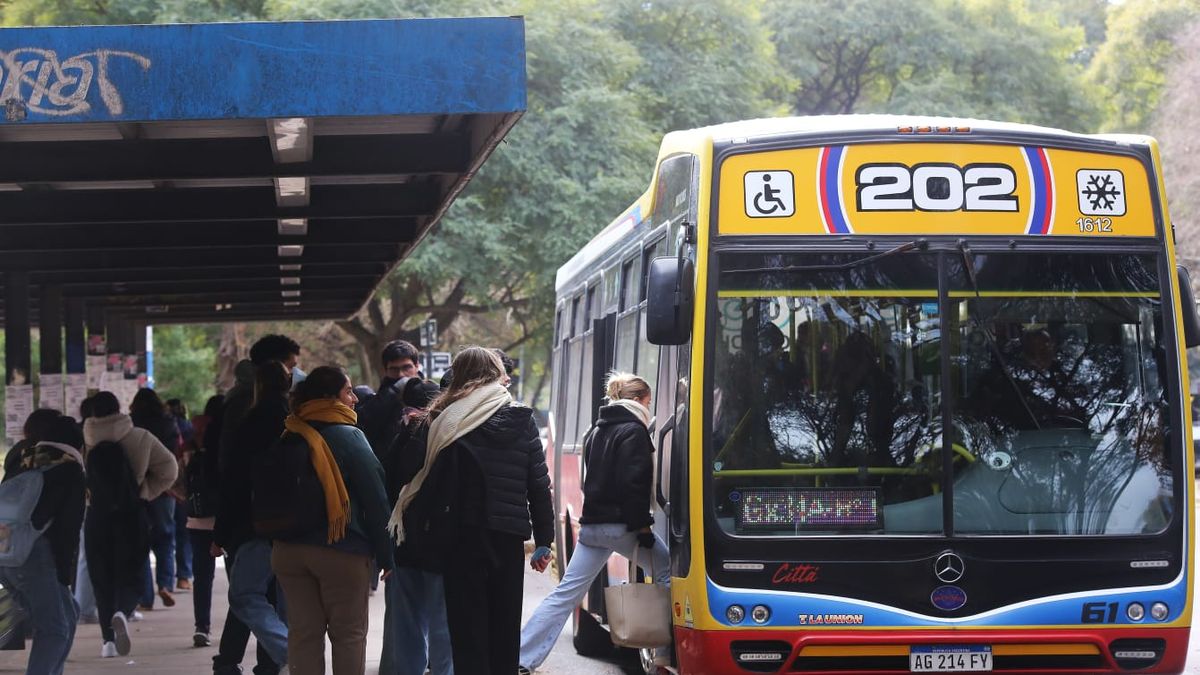He blue dollar It rose for the fourth consecutive day this Monday, December 30, and its price reached $1,230, meaning the gap with the wholesale exchange rate is now at 19.2%. December was a hot month for the informal, which accumulates a rise of $70 in four days, and the market is already drawing the outlook for January.
In addition, financial dollars also show an upward trend in recent weeks and the gap with the wholesaler is already around 15% in both the MEP and the Cash With Settlement (CCL), which adds pressure to the blue given that both markets are arbitrated. It is worth remembering that the rise in the parallel note in recent days occurred after, at the beginning of the month, the Central Bank (BCRA) decided to lower the monetary policy rate further to 32%, from the previous 35% and therefore increased seasonal demand due to holidays and availability of money after the payment of year-end bonuses and bonuses, especially after the end of the PAIS Tax.
Blue dollar in January: tourism, a seasonal element that is accentuated by the fall of the real
Looking ahead to next month, Gustavo Quintana, from PR Change Operatorsdescribes Scope that “the demand for tourism abroad seems to be very active and the reflux of pesos that is usually a seasonal element in January will have an influence.” Consequently, it anticipates that the current trend will continue during the first half of the first month of 2025.
Along the same lines, for the economist Pablo Ferrari, “It is likely that, in this summer of an appreciated dollar and many hikers abroad, demand in the informal market will continue in January.” Explain that Part of the purchase of the blue is due to wanting to make vacation expenses. but do not leave a record of them for tax, contributory purposes, related to exceptions, etc.
The depreciation of the exchange rate experienced in neighboring countries also has an impact. Yes ok Argentina still has exchange control and the price of the dollar follows the official directives, the fall in the price of the real Regarding the dollar that has occurred recently, it has an impact on some aspects, such as tourism. And, “with the depreciation of the real, trips and stays in Brazil are more attractive and it is expected that this will have an impact on the demand for dollars on that side“explains Quintana.
Brazil: the dollar ended below 4 reais for the first time in 5 weeks
The evolution of the real affects the local exchange rate dynamics.
At the level of the commoditieswill also have some additional benefit, but Analysts point out that, if this translates into higher inflation in Brazil, the effects will be diluted. However, if Argentine exports to this market fall and imports increase from therewill be felt in the exchange rate due to a negative impact on reserves.
In the coming months, which are the strongest of the year in terms of tourism, An outflow of approximately US$1,000 million to US$2,000 million can be expected additionally on account of hotels, tourism and expenses abroad as a consequence of the devaluationsome analysts calculate and the effect on the trade balance will be seen in January as well.
The “crawling peg”, the rate, the IMF and reserves, keys for the blue dollar
He economist and director of the consulting firm Eco Go Sebastián Menescaldi says, for his part, that “we have to see what the Government does with the monetary policy rate and how they carry out the ‘crawling peg’, which will be two key elements for the exchange market going forward“. He also considers that it will be key to see what amount of dollars the market receives as a result of the amortization of the debt and interest, which can go to the exchange market.
“These elements could lead to a calm in the market, but the issue is that The BCRA could not buy reserves last week, after the end of the COUNTRY TaxTherefore, going forward, volatility in general is likely to continue,” he anticipates. However, he does not expect a strong rise in parallels in the short term.
Quintana points along the same lines when he points out that “I don’t see price spikes or anything like that, just a rearrangement of values that will respond to a scenario with greater demand“. That, in the short term, suggests that January will be a month with upward pressure in the parallel dollar market, but not marked by a disproportionate rise, but rather with quite a bit of volatility.
milei georgieva fmi g7

Argentina negotiates a new agreement with the IMF.
Reuters
However, with an eye on the longer term, for the economist Rocío Bisang, from Eco Goone of the main challenges for 2025 will be on the exchange front, where the promise of lifting the stocks will somewhat set the tone for the year. “In that sense, What happens with the agreement with the International Monetary Fund (IMF) It is going to be key, in a context where reserves are still in negative territory, with an exchange rate that is not entirely clear if it is compatible at these levels with a floating scheme and with a gap that, although it has compressed a lot, starts to grow again,” says the analyst.
Ultimately, for Andrés Reschini, from F2 Financial Solutions, “the market will continue to pay attention to the progress of inflation, reserves and everything related to the negotiation with the International Monetary Fund (IMF).” Likewise, Brazil and the rest of the world continue to create uncertainty but there is room for improvement at the local level.
to which Eric Paniagua, from Epyca Consultoresadds that “The liquidation of exports will also be a key element: If the weather conditions are favorable and there is a good harvest, it will be exclusive in defining the direction of the dollar going forward.” Likewise, he anticipates that, if there is an economic recovery, we will see a calm exchange rate.
Source: Ambito
I am a 24-year-old writer and journalist who has been working in the news industry for the past two years. I write primarily about market news, so if you’re looking for insights into what’s going on in the stock market or economic indicators, you’ve come to the right place. I also dabble in writing articles on lifestyle trends and pop culture news.




